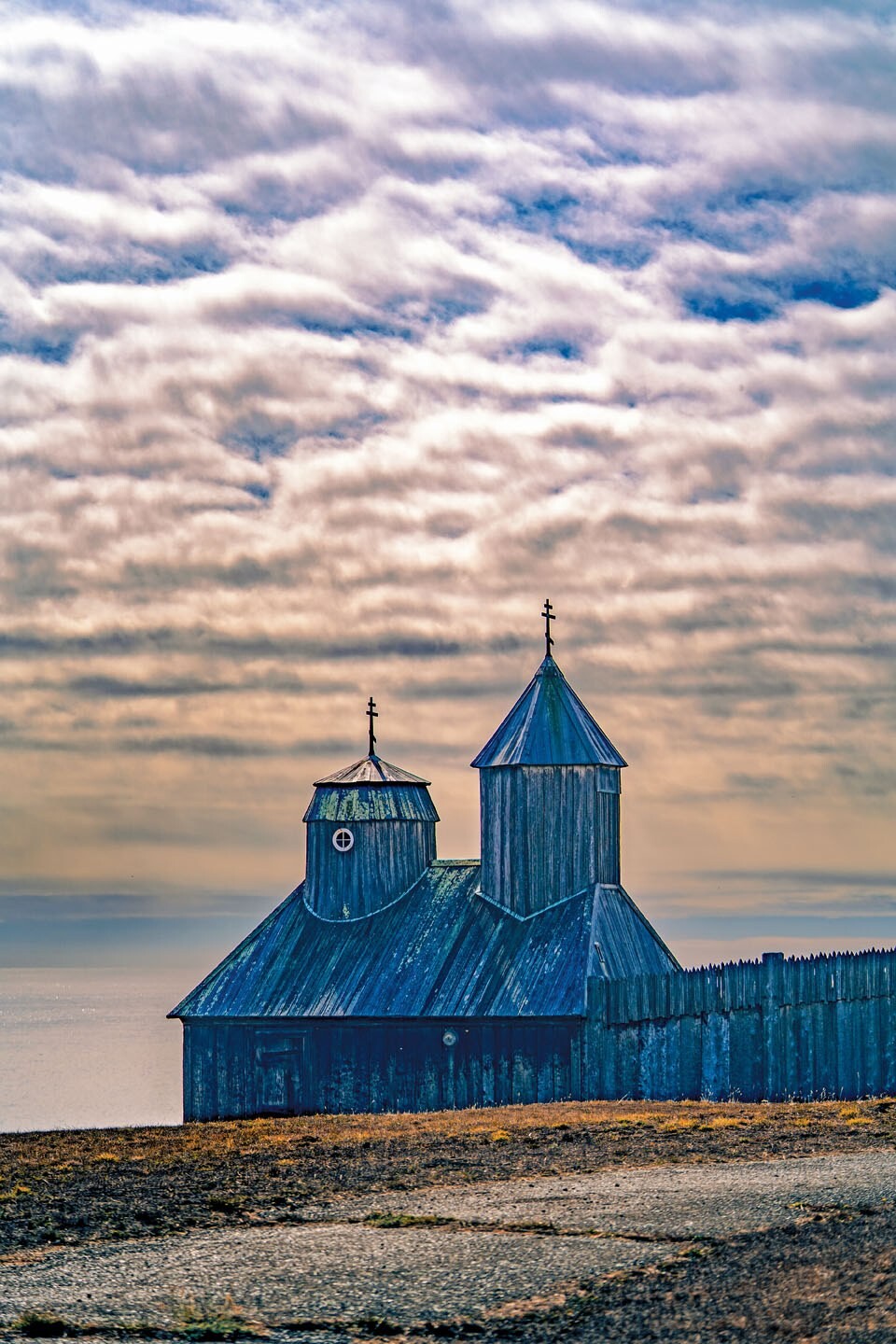In the pantheon of classic fine wine regions, Bordeaux occupies a unique pride of place. Revered by collectors and connoisseurs the world over, the wines of its finest châteaux have been sought after internationally since the British market developed an insatiable craving for what its merchants called “claret” over three hundred years ago, and still do to this day. Even in the midst of ongoing wars between the two countries, merchants on both sides of the English Channel navigated around embargoes, tariffs, and other governmental restrictions to successfully trade barrels of the coveted wine and satisfy this demand.
Sheltered inland from the stormy Atlantic Coast in southwestern France, Bordeaux today produces more fine wine by value and volume than any other region of the world. Because many of its fabled estates have been under the same family ownership for hundreds of years, their wines have a unique heritage and a distinguishable style that evolves while remaining consistent over time. Vintages vary dramatically in style and character from one year to the next, though, giving rise to the en primeur system of sale, which involves a network of merchants (known as negociants) and commercial agents (known as courtiers). These valued middlemen, situated between the estates themselves and the end purchasers, have elaborated an intricate commercial system over the centuries known as La Place de Bordeaux.






